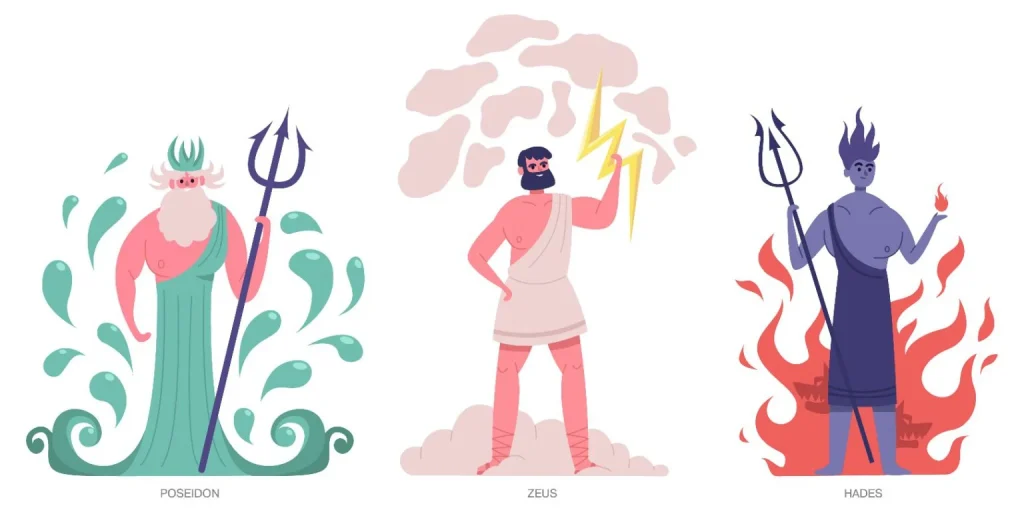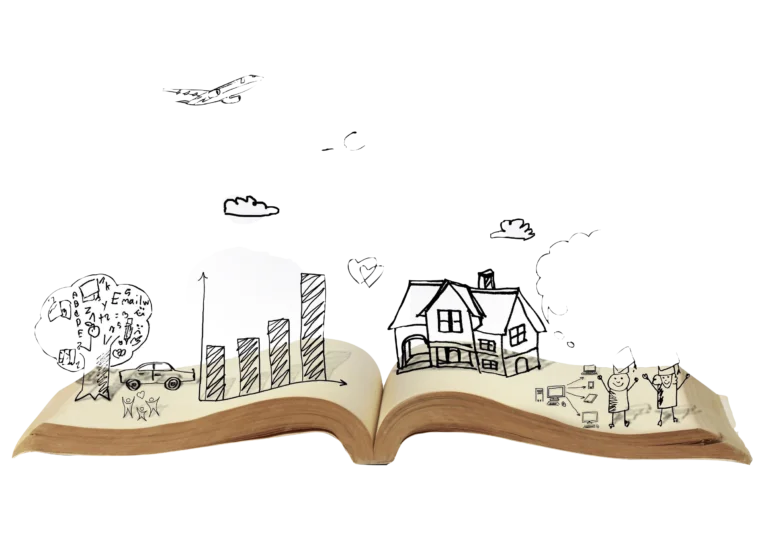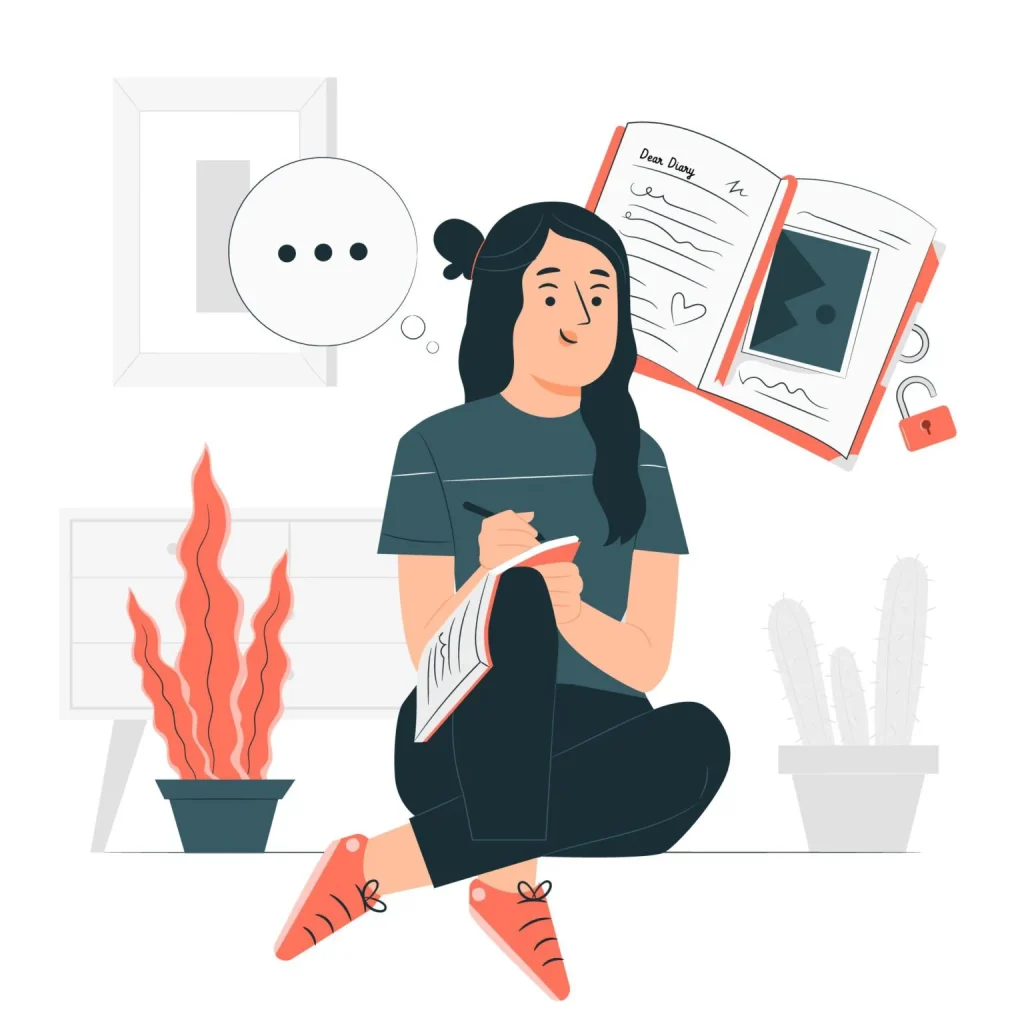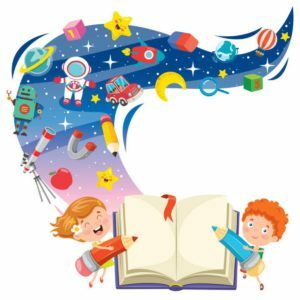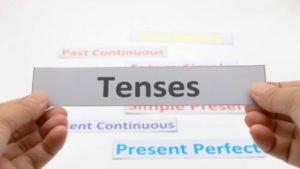In literature, an antagonist is a character who comes in direct opposition to the protagonist of the story. In this creative writing lesson, we will learn the following-
Describing Antagonists as a literary device
Antagonists are such characters in a narrative that includes a character, or a group of characters who present obstacles or challenges to the protagonists of a story. They are generally one character who comes in the way of the protagonists while they want to fulfil their objectives. The word antagonist is derived from a Greek term meaning a rival or opponent. It may also be more than one person, or institutions or some conflicting thoughts. One of the best examples of an antagonist is the Queen in Snow White and the Seven Dwarfs.
All stories which have a protagonist may not have an antagonist also. The confrontations that an antagonist gives rise in a story may not always be violent. An antagonist may also contain various shades in their character in the same way as that of a protagonist in a narrative.
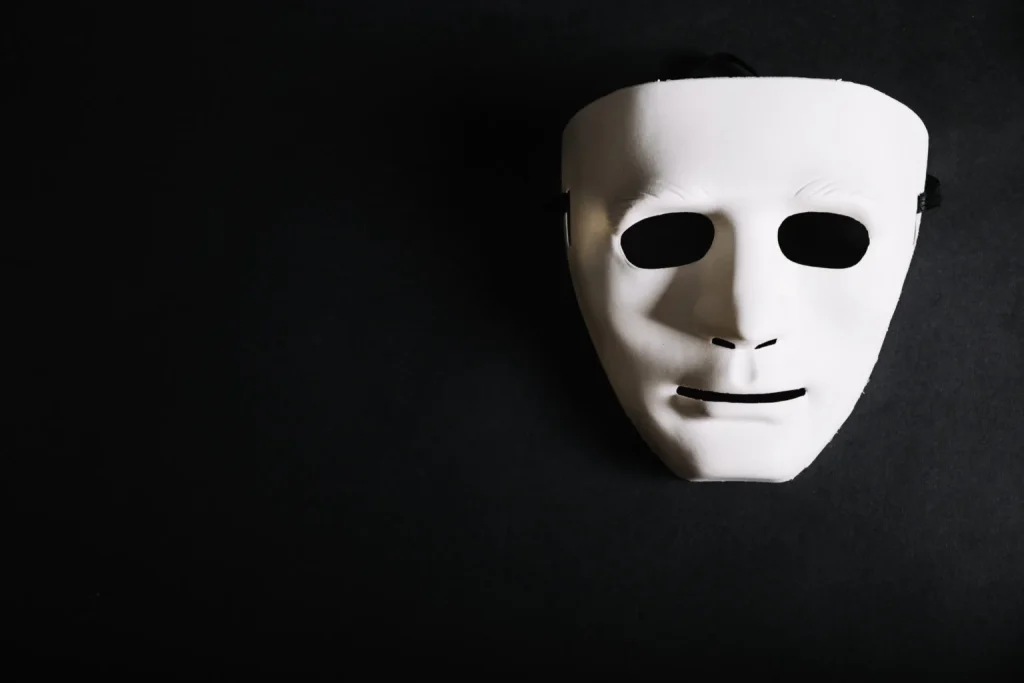
Types of Antagonists
There are various kinds of antagonists in literature. We cannot categorize the antagonists to be simple villains or negative characters of a story.
Villain
This is the most common type of antagonist in a narrative. They are the ones who create opposition or have evil intentions. The antagonists want to create obstacles on the path of the protagonist who wants to attain a certain goal or objective. They are depicted to be immoral and evil just opposite to the protagonist in literature. The best example is the queen who is the villain antagonist in Snow White.
Hero
A hero antagonist is not very common in literature. But they are the ones who have noble intentions. They create obstacles in the path of a protagonist in a story for some reason which may vary. This does not mean that the protagonist is immoral or wrong. This may mean changing the conventions or have the purpose of challenging the conventions which are present in the minds of the readers.
Group Antagonist
The antagonists do not include one person but a group of individuals who can create challenges in the objectives of the protagonists. These kinds of antagonists can be found in war movies or literature. In such a movie the opponent or antagonist can be a whole country. The movie the Heathers, the movie includes a group of girls who are antagonists. The group is made up of cliques who are called the Heathers.
Non-Human Antagonist
These are not human beings that form the opposing forces in a story. This may be shark-like in the movie The Jaws. These kinds of antagonists can also be a disaster and natural calamities. These forms of non-human antagonists are also present in the writings of various authors.
Internal Antagonist
In this, the protagonist has some internal flaws which result in internal contradiction or obstacles. This happens when the thoughts and ideas of the protagonist stand as a challenge to the protagonist. Many oppose the concept of internal antagonists and say that no real antagonists exist in such kinds of literature.
How Creative Writers Use Antagonists in their Narratives?
Antagonists are used in narratives to create conflict and give it an intriguing nature. This makes the readers keener to read a narrative. The dynamic relationship of the protagonist and antagonist in a story gives acceleration to the drama in a plot. The conflict in a story arises because of the following reasons:
- The antagonist tries to obstruct the plan and the goals of the protagonist.
- An antagonist has completely opposing motives to the protagonist.
- The antagonist tries to achieve the goals in an immoral way, contrary to that of the protagonist.
A literary device of protagonist and antagonist can show a clear-cut dimension of good and evil in literature. On the other hand, it can also be made up of a more unclear and complicated relationship between the antagonist and the protagonist in literature.
Significance of Antagonists
Conflict is the key element in literature. Conflict makes literature interesting and alluring for the readers. For this purpose, the creation of at least one antagonist in a narrative is essential for incorporating the element of contradiction in creative writing. The presence of obstacles in the form of antagonists helps in the formation of a plot. To create a story more alluring, it is necessary to create a well-created antagonist and believable.
Examples of antagonists in Literature
- Beowulf translated by Seamus Heaney has the antagonist Grendel. It acts as the first antagonist in an old English epic. The antagonist Grendel in the narrative forced Beowulf to come out and fight.
- Othello in William Shakespeare also described the antagonist Iago. The antagonist does not only create contradictions in the life of Othello but has real evil intentions in the play. The presence of this antagonist in the famous play completely changes the scenario in the narrative.
- The Grapes of Wrath by John Steinbeck is a narrative that described a non-human antagonist. It depicted the natural phenomenon that is the dust storms and droughts which was in response to the Dust Bowl in the 1930s in the United States.
- The Party in George Orwell’s writing 1984 is a portrayal of an antagonistic institution. The Party works against all the people of Oceania. When the protagonist Winston Smith works against this institution to do away with their domination and fight against them.
- The Catcher in the Rye by J. D. Salinger shows society as the antagonist. The protagonist of the story, Holden Caulfield finds the ideas and institution of the society as an opposing force that wants to defy.
Conclusion
The antagonist in a story can work wonders in adding to the dynamics of a plot. It makes the story more vibrant for readers to read. An antagonist has the power to turn around a whole narrative whether it is fiction or non-fiction. It is the antagonist who shapes and gives structure to the actions and responses of the protagonist of a story.
Share with your friends
